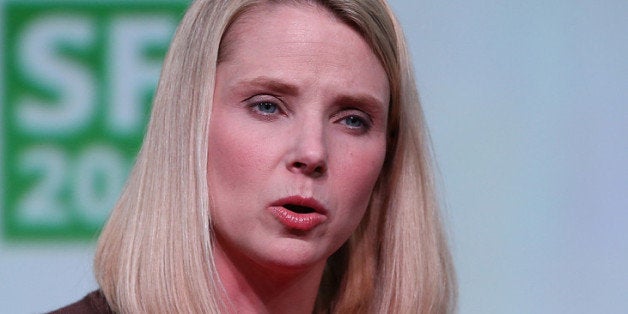
Looks like Yahoo and Microsoft are pulling a switcheroo.
Microsoft told employees on Tuesday that it's ending its so-called "stack-ranking" system. Under Microsoft's infamous system, workers were ranked on a curve, and those at the low end would be fired or dealt with in some way. The goal in stopping these rankings is to focus more "on teamwork and collaboration," according to an internal memo human-resources chief Lisa Brummel sent to Microsoft employees, which The Verge got its hands on.
Yahoo employees can't be happy to hear that news. Just last week, it was reported that CEO Marissa Mayer had recently begun implementing this exact strategy at Yahoo. AllThingsD's Kara Swisher reported that Mayer asked managers to rank their workers on a curve, and more than 600 people have been fired in the past few weeks.
Stack ranking certainly didn't do Microsoft any favors over the years, breeding resentment and distrust among employees. "Every current and former Microsoft employee I interviewed—every one—cited stack ranking as the most destructive process inside of Microsoft, something that drove out untold numbers of employees,” Vanity Fair's Kurt Eichenwald wrote in a 2012 profile of Microsoft.
The biggest problem with stack ranking is that it encourages employees to be competitive with one another rather than collaborative. And it was just as anti-collaborative as Microsoft suspected. According to Eichenwald, Microsoft's top performers avoided working on the same teams "out of fear that they would be hurt in the rankings."
Microsoft now wants employees to focus on "how you leverage input and ideas from others, and what you contribute to others’ success," the memo said.
This system of stack ranking started with Jack Welch at General Electric in the 1980s before getting picked up by Microsoft. Stack ranking then became popular at Google, but it's not clear if Mayer, who was previously a vice president at Google, was involved in implementing it.

